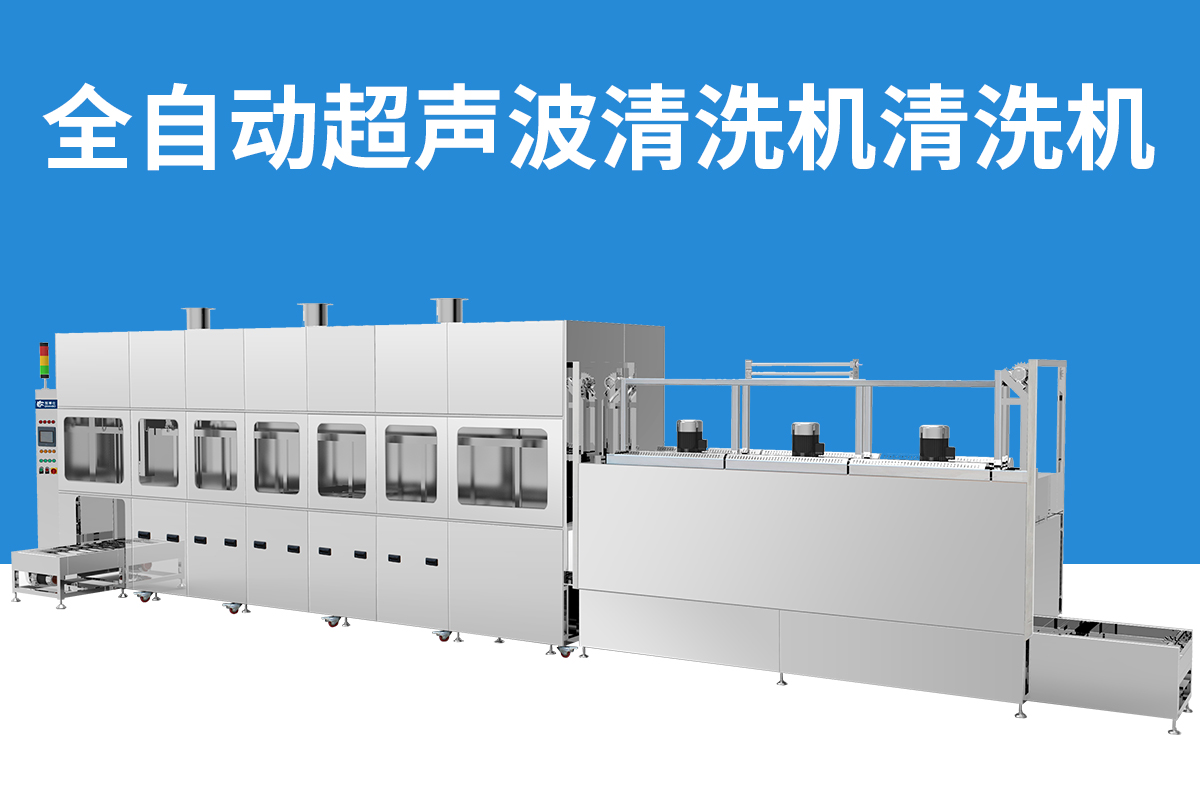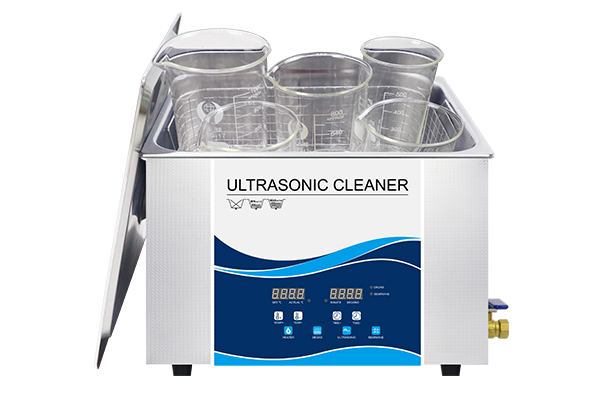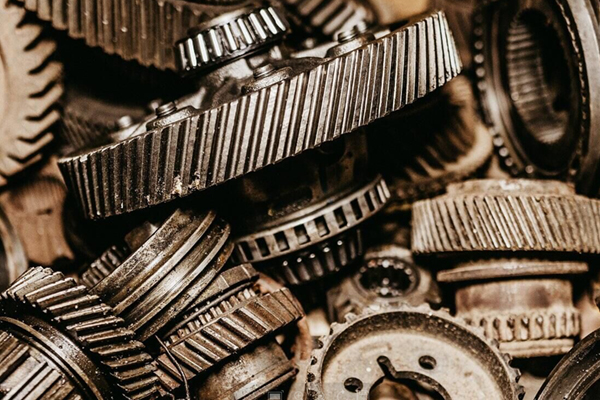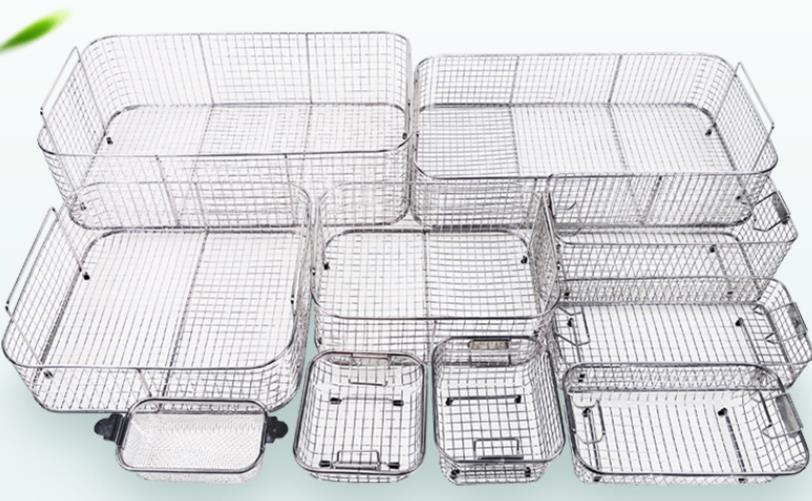Copper etching and ultrasonic cleaning are two processes used in different industries for specific purposes. Copper etching is a process used to remove copper from the surface of a metal object, while ultrasonic cleaning is a technique used to remove dirt and contaminants from a wide range of materials using high-frequency sound waves.
The key difference between the two processes is that copper etching is a chemical process that involves the use of acids and other chemicals to dissolve the copper, while ultrasonic cleaning is a physical process that uses sound waves to dislodge and remove dirt and contaminants.
Copper etching is typically used in the manufacturing of printed circuit boards (PCBs) and other electronic components. The process involves immersing the metal object in a solution of copper etchant, which dissolves the copper on the surface of the object, leaving behind the desired pattern or circuit.
Ultrasonic cleaning, on the other hand, is used in a wide range of industries, including healthcare, automotive, and aerospace, to remove dirt, oil, grease, and other contaminants from parts and components. The process involves immersing the object to be cleaned in a tank of cleaning solution and subjecting it to high-frequency sound waves, which create microscopic bubbles that implode and dislodge dirt and contaminants from the surface of the object.
In conclusion, while copper etching and ultrasonic cleaning may seem similar in terms of the use of liquid solutions, they are fundamentally different processes with different applications. Copper etching is a chemical process used to selectively remove copper from a metal surface, while ultrasonic cleaning is a physical process used to remove dirt and contaminants from a wide range of materials.




